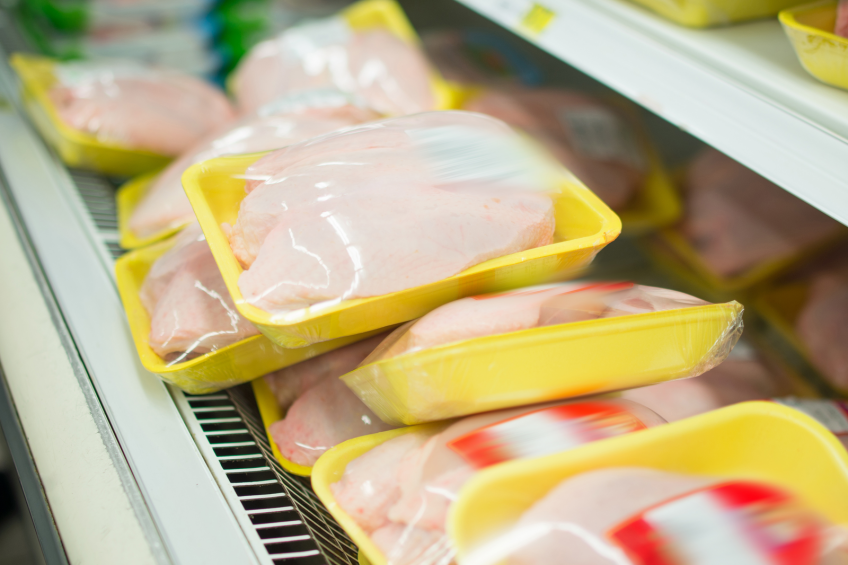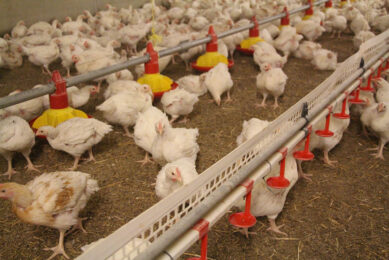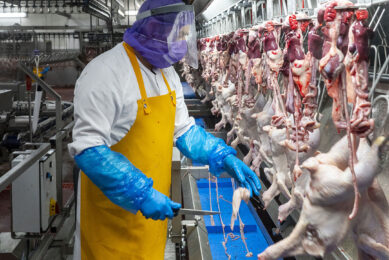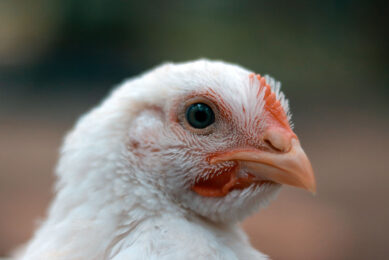What now for US animal protein production?

2015 was a momentous year for US animal protein, as it showed the largest increase in US meat consumption since the food scares of the 1970s. Analysts at the Food & Agribusiness Research and Advisory (FAR) department of Rabobank have considered the implications of this record US protein expansion.
In a statement, Rabobank said: “Not only was last year noteworthy for the near 5% increase in per capita consumption, but also due to the fact that the growth was achieved without the help of beef, consumption of which was flat. We expect US protein production growth of 2.5% per annum through 2018—down from 3% in 2015—with beef being the largest contributor relative to pork and poultry.
Further increases in domestic protein consumption
“Trade appears to have stabilised in 2016 thus far; however, we don’t foresee international markets absorbing all of this production growth, thus requiring further increases in domestic consumption. This will continue the upward trajectory of US protein consumption toward the all-time peak of the mid-2000s, which will ask a lot of US consumers and will come at the cost of lower prices.”
“By the end of this expansion cycle in late 2018, we expect a more challenging profit environment across the US meat industry, providing strategic opportunities for those producers with the capital and foresight to take advantage of them.
Increasingly competitive global meat market
“With US protein production growth looking to continue at a pretty substantial rate of 2.5% over the next few years, protein exports face numerous challenges and will struggle to keep up with this growth, suggesting an increase in domestic protein availability. The global meat trade is getting increasingly competitive, with exchange rate volatility being a key factor in determining market advantages.”
“As a result of the strengthening US dollar, the US consumer will have to absorb, or rather consume, much of the future supply growth. After having increased consumption by 5% in 2015, there is a clear question regarding how much more appetite for animal protein consumption exists domestically. We aren’t ready to start calling for margins to turn negative this year or possibly even in 2017, but we expect the profit environment by the end of 2018 to look very different than it does today.”













